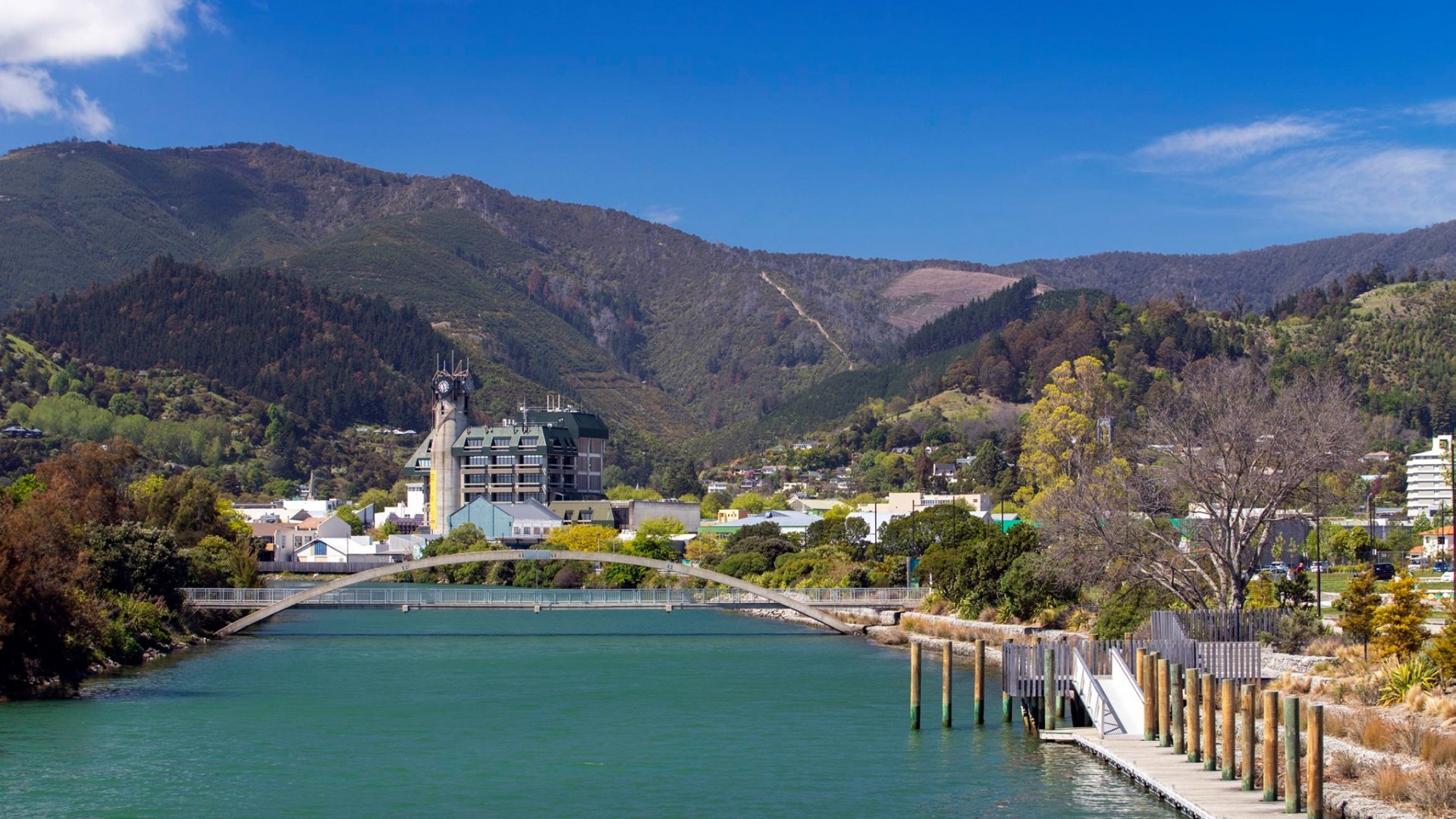Flood Mitigation Plan for new library shows manageable flood risk at riverside precinct site
28/09/2021 10:08am
Further flood modelling on initial concept drawings of the proposed new Nelson Central Library has shown there would be minimal flood risk of developing the proposed site on the surrounding area if specific mitigation measures are incorporated in the design brief.
The Tonkin & Taylor report, presented to Council on Thursday, 23 September, compared five different scenarios against two flood events (present-day 1% AEP and 1% AEP in 2130 incorporating RCP8.5M climate change impact) against a baseline model that represents the current building configuration.
The modelling results showed that any on-site and off-site flooding effects could be mitigated by design features such as a minimum floor level of RL 4.0m, with the ability to raise the floor level of the building in the future, and by creating a secondary flow path. In two of the scenarios modelled, the expected flood depths in some areas were lessened.
The five tested scenarios were:
- A ‘worst case’ model, where the entire site, bordered by Trafalgar, Halifax and Tahaki Streets, is built up. Note - this scenario is not anticipated.
- The Burger King building and the building between Findex and the Riverside Youth Pop-up Park are removed, and two new library buildings added as per the initial concept drawing. No secondary flow path incorporated
- Scenario 2, but with a secondary flow path
- Scenario 3, with the additional removal of the existing Elma Turner Library building
- Scenario 4, with the inclusion of a Climatorium.
While scenario 1 and, to a lesser extent, scenario 2 showed limited upstream flooding, this was reduced by the introduction of a secondary flow path in scenario 3. Scenarios 4 and 5 showed a positive benefit, decreasing flood levels to Civic House and Halifax St. The addition of a Climatorium for the purpose of the current modelling had a negligible impact on the positive outcomes seen from scenario 4.
Council accepted the report’s recommendation that these design elements are factored into the design brief for the new central library building, but also noted that no commitment to the building footprints used in the modelling, nor any specific building shape or layout, has been made. Further flood modelling will be undertaken when the final building footprint is developed.
The current flood modelling does not take into consideration information that will be available from future planned flood mitigation engagement and the benefit from potential future works in the central city.
Mayor Rachel Reese said: “This is not the first risk assessment we have done of the site, and I am confident in the professional advice we have received so far. We have seen here that our due diligence is paying off.”
Group Manager Infrastructure Alec Louverdis said Council was also aware of the research regarding insurance retreat discussed in a recent report for the Deep South National Science Challenge.
“The report states that insurance companies work with annual exceedance probabilities (AEPs) to decide what to charge for coverage and when to stop insuring a property. It refers to anecdotal evidence from the insurance industry that suggests partial insurance retreat begins to occur when the likelihood of an event reaches the 2% AEP threshold, and full insurance retreat will have occurred by the time this reaches 5% AEP (one-in-20-year occurrence). New buildings designed to be above 1% AEP flood levels at 2130, like the library, are not expected to be subject to insurance retreat over this time frame.”
A timeline for the library project is expected to be discussed at a Council meeting on 5 October.
Glossary
RL 4.0m: RL stands for Reduced Level. The 4.0m, in this case, is relative to New Zealand Vertical Datum, which is a baseline for measuring elevation in a standardised manner used by surveyors. At Nelson, the New Zealand Vertical Datum is 0.17m above Mean Sea level.
AEP flood event: The Annual Exceedance Probability (AEP) expresses the likelihood or probability of an event of a given size or larger occurring in any year; usually expressed as a percentage. Without consideration of climate change, a 1% AEP flood event has a 1% chance of occurring in any year, or over a long period of time, an event of similar size may occur, on average, once every 100 years. Temperature increase and sea-level rise is predicted to increase the frequency and extent of coastal and river flooding over time – meaning that a rare event that would today be considered to have a 1% chance of occurring in any year, may have a 5% or 10% or higher chance of occurring in any year in the future. Future climate change is accounted for in Council’s river flood modelling and coastal inundation assessments by applying adjustments for predicted sea-level rise and additional rainfall intensity to the modelling of future 1% AEP flood events.
RCP: Representative Concentration Pathway (RCP) is a greenhouse gas concentration (not emissions) trajectory adopted by the IPCC. Four pathways were used for climate modelling and research for the IPCC fifth Assessment Report (AR5) in 2014. The pathways describe different climate futures, all of which are considered possible, depending on the volume of greenhouse gases (GHG) emitted in the years to come.
Secondary flow path: The path along which surface water will follow if the primary drainage system (such as a piped network or open channel) becomes overloaded or inoperative.




